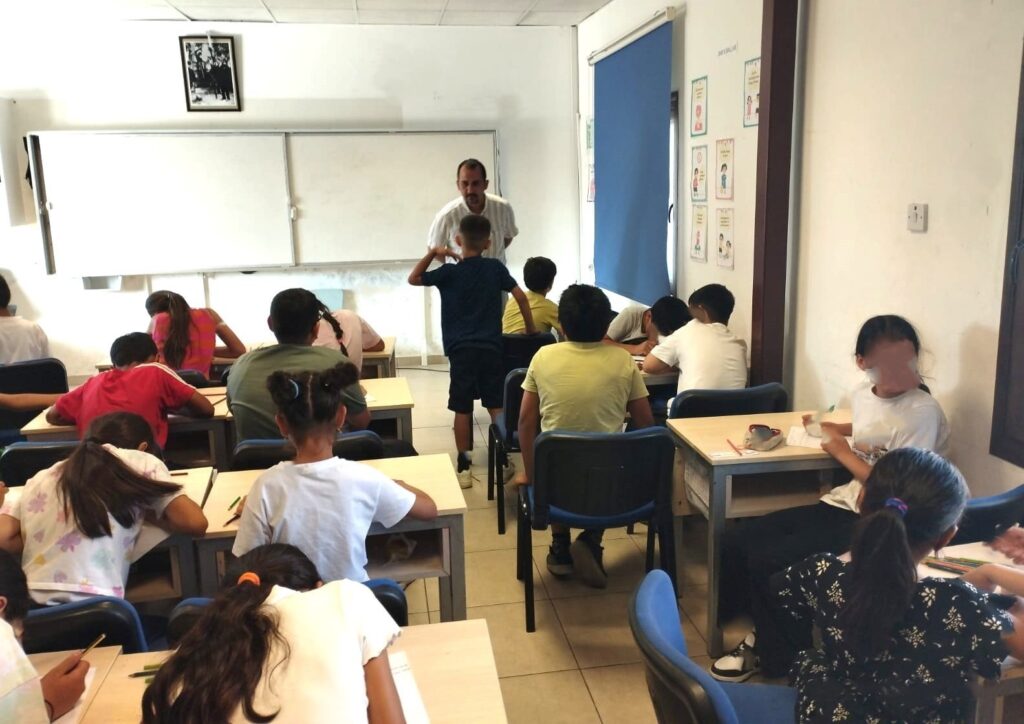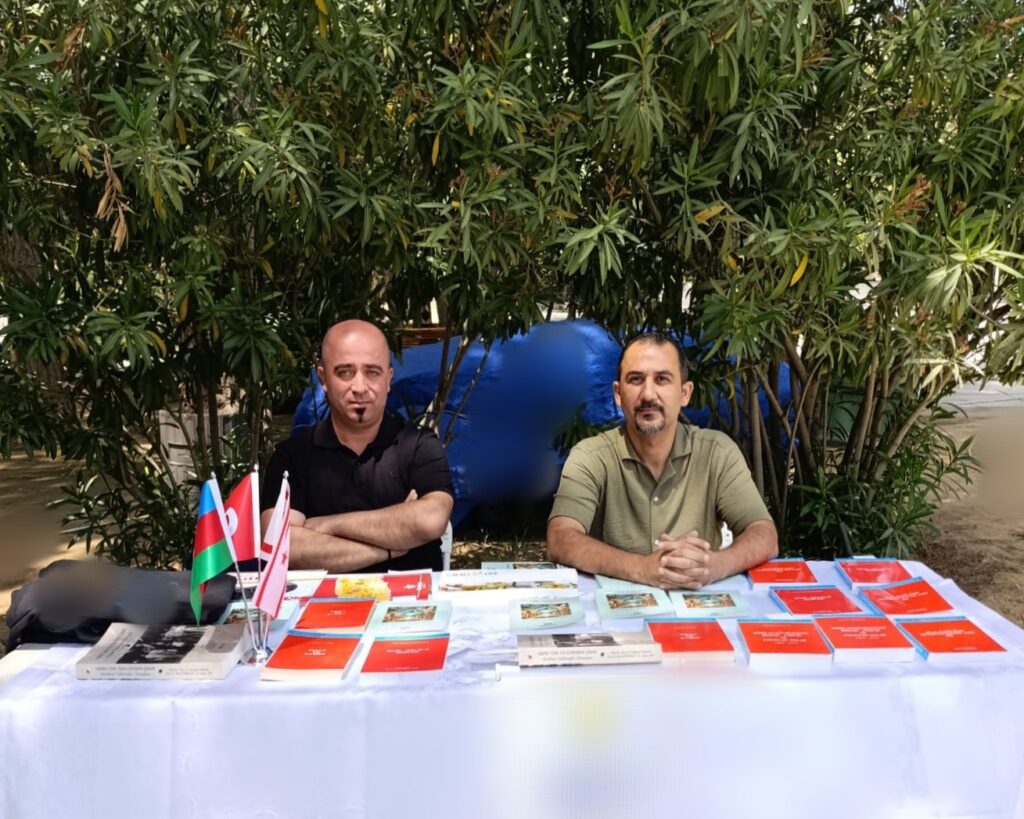
Near East University academics gave a meaningful training to students of the Cyprus Turkish Child Protection Agency in order to raise cultural heritage awareness.
Near East University Atatürk Faculty of Education, Turkish Language Teaching Department academics carried out a special training event on “Cultural Heritage” for students receiving education at the Cyprus Turkish Child Protection Agency. In the event, which was held by aiming to protect cultural heritage and transfer it to future generations, an interactive training lasting one and a half hours was provided to approximately 35 students in the fourth and fifth years.
In the event carried out by Near East University Atatürk Faculty of Education, Turkish Language Teaching Department Head Prof. Dr. Mustafa Yeniasır and Social Sciences and Turkish Language Education Department Vice Head Prof. Dr. Burak Gökbulut, students were given basic information with examples about the concept of cultural heritage and cultural heritage elements of Cyprus.
At the end of the training, the children transformed what they learned into written texts and pictures with their own emotions and imagination. Each text and drawing became a window opening to their world. These works will be evaluated as important data for a scientific study in the future and will shed light on the transfer of cultural heritage from generation to generation.

Cultural values should be visible in daily life!
Stating that the event was very productive and that their main purpose was to introduce the concept of cultural heritage to children, Prof. Dr. Mustafa Yeniasır said, “We aimed to show that cultural values exist not only in museums or books, but also in daily life.” Emphasizing that the students showed great interest throughout the event, Prof. Dr. Mustafa Yeniasır said that the creativity they performed, especially in writing and painting, revealed the effect of such training.
Prof. Dr. Burak Gökbulut, who said “The starting point of the event was to show how important it is to make children aware of cultural heritage in their identity development. Our aim was to ensure that children can establish a connection with these values, rather than teaching cultural elements.”, emphasized that the results obtained were very valuable in educational and scientific terms.